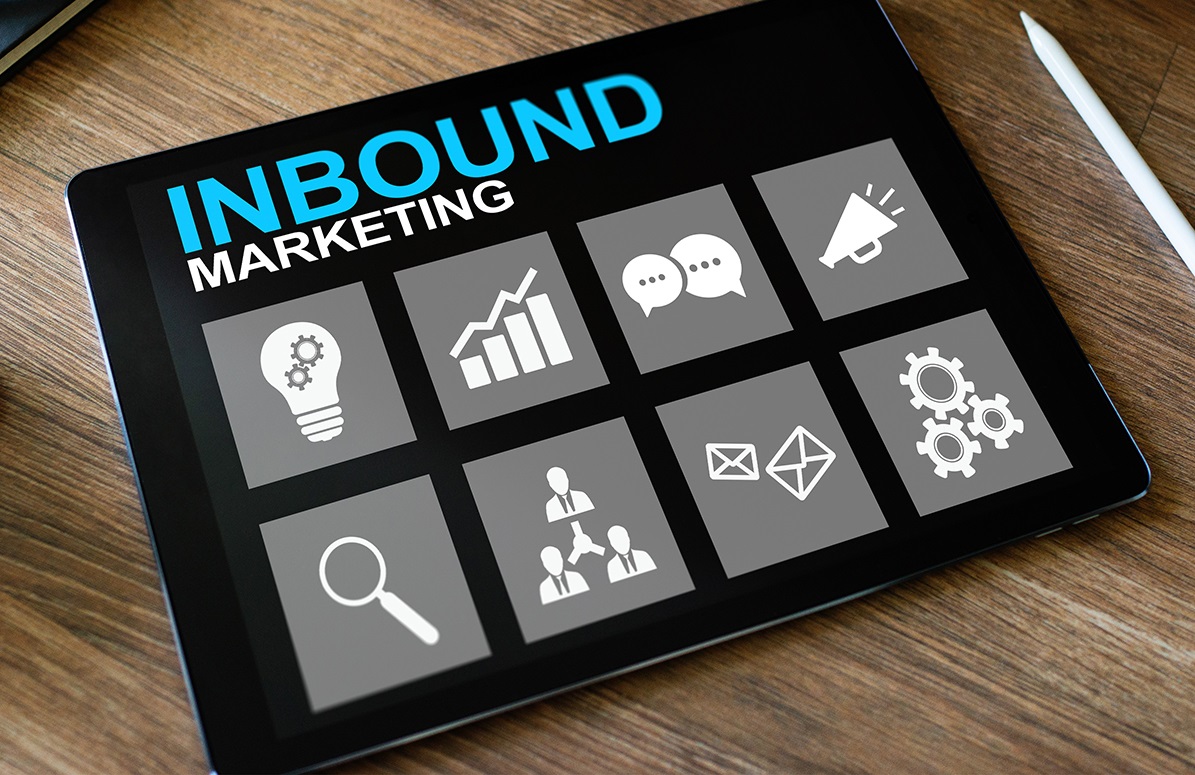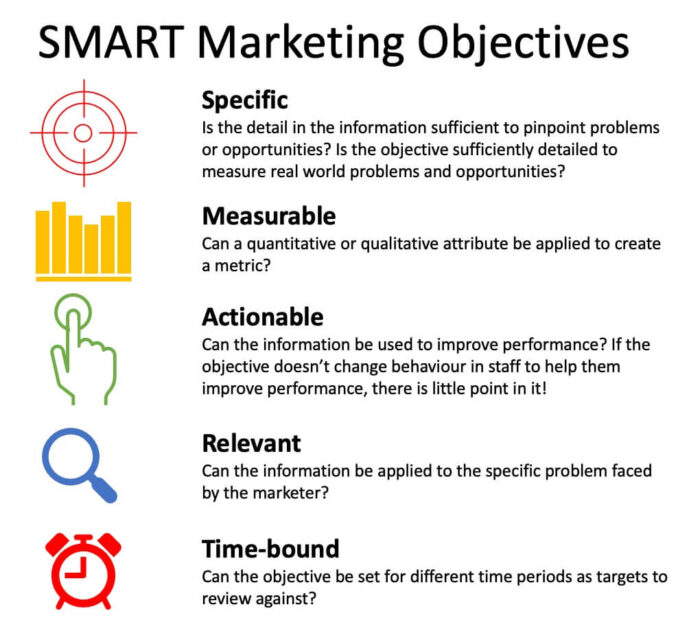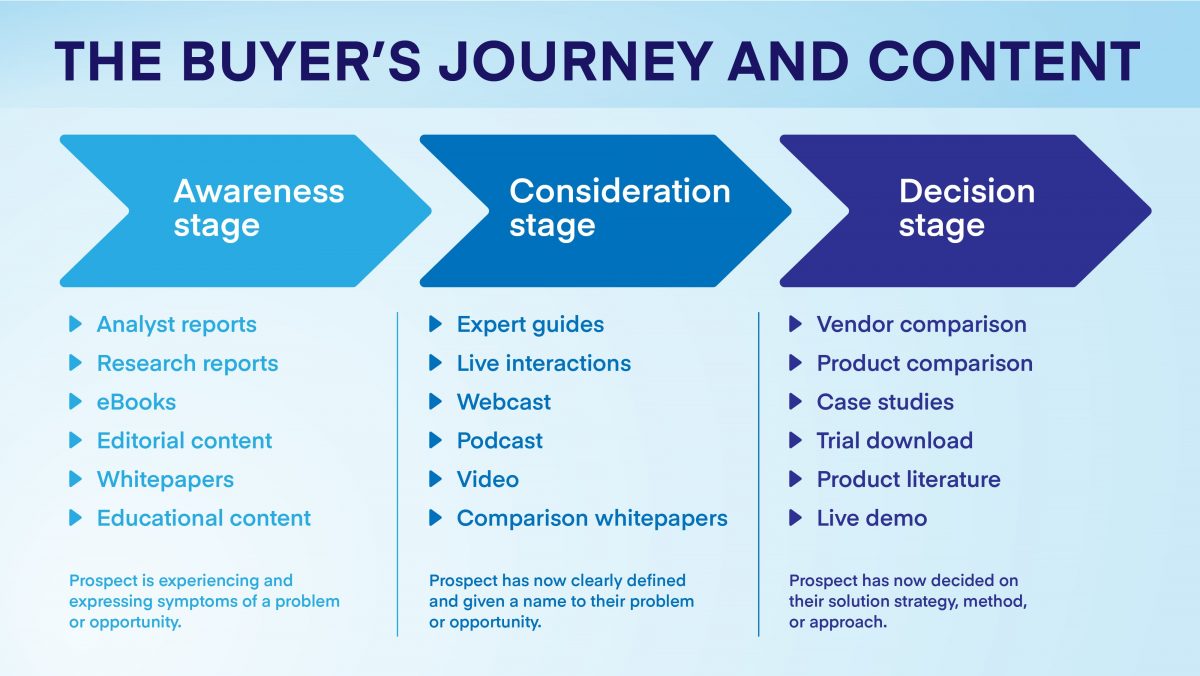
10 Steps to Running an Inbound Marketing Campaign
Inbound marketing is a business methodology that attracts customers by creating valuable content and experiences tailored specifically to them.
While outbound marketing interrupts your audience with content they don’t always want, inbound marketing attracts, informs, and converts your audience into qualified leads. Here are 10 steps to setting up your inbound campaign.
1. Identify your campaign audience. Build your buyer persona.
Really get to know your ideal audience. Understand your buyers before launching any campaign. Who are they? What is their pain point? How can you solve it? The only way you’re going to know that is by understanding and creating your buyer persona.
You can achieve this by doing research online, looking internally at your sales or customer relationship management data (CRM), and finally, by talking to your customers.
This will also give you great insight into which messages will most strongly resonate with your audience. For example, start using words and terms that they will identify with in your copy. Your product or service should be designed to alleviate or improve your customer’s pain point or struggle. This content should explain not only how you can help, but also educate them on what problems they are facing in the first place, as not all customers are aware of their challenges.
2. Set your goals + benchmarks.
Having SMART goals can help you be sure that you’ll have tangible results to share with the world (or your boss) at the end of your campaign. Remember these are Specific, Measurable, Attainable, Realistic, and Timely goals.

Source: Marketing objectives to support your SMART goals | Smart Insights
For example, one SMART goal for your business could be to increase the average order value of online sales to $75 per customer, within two quarters, by using upsell and cross-sell tactics on the website and emails.
3. Write a blog post.
Use your blog post as an opportunity to introduce readers to the valuable content they will find in your offer. It’s also great for SEO. Blogs will help you to engage with your audience, and position you as thought leaders in your field.
Once you know what your audience wants, you can figure out and start creating the content that they need to hear from you. It is tempting to create disruptive content that goes viral, but it’s much more impactful to create useful content that will accumulate repeat shares and visits over time.
4. Create your offer(s) + landing pages.
Don’t forget to create and optimize your landing page for SEO. Have a clear value proposition and call-to-action (usually a form for the user to complete) for leads generation. Ensure that you have a relevant offer for every point in the buyer journey, including the Awareness, Consideration, and Decision stages. This can be a download of an e-book, or success story, or a link to a blog post or webinar.

Source: How to Create Content for Every Stage of the Buyer’s Journey (hubspot.com)
5. Plan + build your automation + nurturing flows.
Your campaign doesn’t end when leads convert on your landing page. Plan and build your follow-up email campaigns with new content offers to nurture leads down your funnel.
Automation is key in 2021 and will help you delight and retain your leads, old or new. For example, you could send your newest customers more offers or free consultation offers by email. You could automate their status within your customer relationship management software and have your sales team take care of the onboarding. You get to sit down with your team and decide how you want your customers to experience your brand. Make sure that it is a friendly, memorable, and tailored experience. Over here at Cyan, we use HubSpot for all our automation and workflow needs.
6. Share it on social media.
Your campaign is awesome – don’t hide it from the world. Promote your blog post and offer through social media to drive traffic to the top of your funnel. You don’t want to create amazing content and hope that someone will find it organically. You want your content to be clicked on and shared, so be the first to get the word out.
When sharing content or creating it, it must be compelling and resonate with your audience. If you establish an emotional connection, your audience will be more likely to be influenced by you and become receptive to you. Brands that are more vulnerable, bold, creative, and invite customers into their day-to-day will resonate more and create the ideal brand ambassador.
7. Add in long-tail keywords.
Make sure your campaign is SEO friendly – that way, interested prospects will find your campaign long after you stop actively promoting it. This gives your content longer shelf life.
If you’ve done your due diligence while creating your buyer persona, you should have a clear grasp of what your audience is actively searching for. Your customers are looking online for answers to their problems and these queries are usually lengthy and specific. Leverage this intent by including some of these searches into your blog and landing page so your customers feel like you understand them.
8. Consider paid search and other channels.
Other channels can and should be a part of your inbound campaign, too – just be sure that you are measuring the effectiveness of these channels and optimizing them as needed.
Repurpose your blog content or theme into a podcast episode, or a video series, or an infographic. The possibilities are endless. Doing so keeps your content and offer alive and reaches new customers across different channels. You may also unearth potential in other channels you had not previously thought of.
Facebook Ads and Google Ads are also powerful ways to complement your strategy and to bring your audience to your content and offers. If you need help getting started with pay-per-click advertising, we can help.
9. Track Your URLs
Where is your web traffic coming from, and how are visitors finding you? Which channels are your customers more receptive to? What’s the bounce rate of your blog and how much time are your visitors spending on it? Use Google Analytics’ powerful insights to tweak and improve your website and content. The key is to always optimize and follow up with your own work, much like you would follow up with a customer.
10. Report on Your Results.
Your work shouldn’t go unmeasured. You set goals at the very beginning; now it’s time to celebrate your success. Manage, monitor, and report on your analytics after each campaign to optimize results.
Contact Us
Still having trouble coming up with a winning inbound marketing strategy? Cyan Solutions is a certified Hubspot Partner, and we’ll help you create the roadmap to navigating your customers’ needs and get you well on the path to coming up with content that will convert and grow your business, every time. Get in touch with us today.
Ready to learn how to generate qualified leads?
Get your free beginner’s guide to Inbound Content Marketing!

Discover what Cyan can do for you
We want to get to know you better so we can understand what services are going to help you meet your goals.
